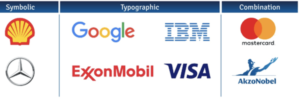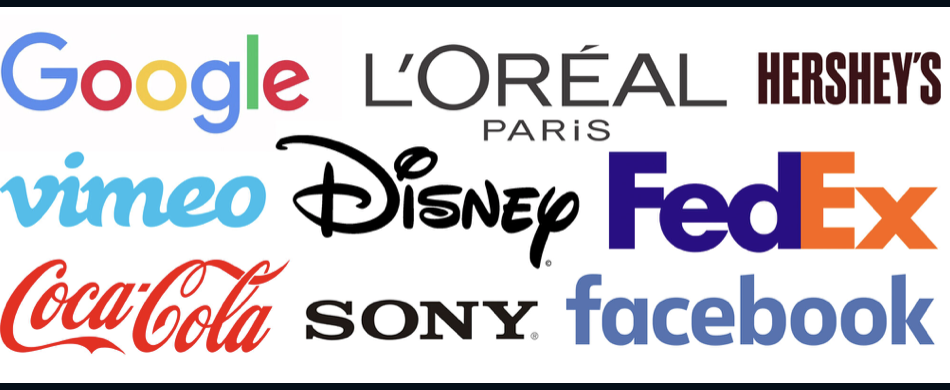In a world saturated with brands and advertisements, creating a memorable and distinctive brand identity is no longer just a marketing strategy; it’s a necessity. Typography, the art and technique of arranging type, plays a pivotal role in shaping a brand’s visual identity. From the curves of letters to the spacing between words, typography choices can convey the essence and personality of a brand. In this in-depth article, we will explore the critical role of typography in branding, its historical significance, practical applications, and how it contributes to building a unique and recognizable brand identity.

Typography in Branding
Understanding Typography in Branding
Typography in branding refers to the deliberate selection and use of typefaces, fonts, letterforms, and text elements to represent a brand. It goes beyond choosing a font; it involves creating a cohesive and harmonious visual language that resonates with the brand’s values and messaging.
Historical Significance
Typography in branding has a rich history, dating back to the origins of printed materials. Early branding relied heavily on typography, as the choice of fonts and type layouts often determined the success of a brand’s visual appeal. Famous typographers like Claude Garamond and Giambattista Bodoni played significant roles in shaping the typographic landscape. The advent of digital typography has made it easier for brands to customize and fine-tune their typographic choices, but the historical importance of fonts and letterforms in branding remains undeniable.
The Role of Typography in Branding
- Setting the Tone: Typography sets the overall tone and mood for a brand. Serif fonts convey tradition and reliability, while sans-serif fonts often evoke modernity and simplicity. Script fonts can express elegance, while bold, geometric typefaces exude strength and confidence. The choice of typeface should align with the brand’s personality and message.
- Legibility and Recognition: A well-chosen and consistently applied typeface enhances readability, ensuring that the brand’s message is clear. Furthermore, a distinctive typeface contributes to brand recognition. Think of Coca-Cola’s iconic cursive script, which is immediately recognizable worldwide.
- Visual Consistency: Consistency in typography is essential for brand recognition. Establishing a set of brand guidelines that dictate the use of specific fonts, font weights, and sizes across all brand materials ensures a cohesive and professional visual identity.
Practical Applications
- Logo Design: A brand’s logo is often the most visible representation of its identity. Typography plays a central role in logo design, where a custom or well-chosen font can set the brand apart and convey its core message. Consider the timeless elegance of the “Tiffany & Co.” logo, achieved through their custom-designed typeface.
- Print Materials: Typography is fundamental in print materials like brochures, business cards, and packaging. It affects the layout, hierarchy, and visual appeal of these materials, contributing to a consistent and memorable brand image.
- Digital Presence: Online branding relies heavily on typography. Websites, social media profiles, and digital ads all use type to convey information and personality. Responsive typography ensures a consistent and engaging user experience across various devices.
- Advertising and Marketing: Effective use of typography in advertising and marketing materials can capture attention, convey a brand’s unique selling points, and create a lasting impression. Typography choices can influence how consumers perceive the brand’s message and products.
Building a Distinctive Brand Identity
To build a distinctive brand identity through typography, consider the following steps:
- Define Your Brand: Start by defining your brand’s personality, values, and target audience. This will guide your typography choices.
- Typography Exploration: Explore various typefaces and font families that align with your brand’s identity. Experiment with different combinations and select those that resonate most with your brand’s essence.
- Custom Typography: For a truly unique identity, consider creating custom fonts or type treatments. This exclusive approach can set your brand apart from competitors.
- Establish Brand Guidelines: Develop a comprehensive set of brand guidelines that dictate the use of fonts, font weights, sizes, and color palettes. Ensure consistency across all brand materials.
- Test and Iterate: Periodically review your brand’s typographic choices and how they resonate with your audience. Make necessary adjustments to stay relevant and memorable.
Conclusion
Typography is a silent yet powerful element in the branding process. It shapes a brand’s identity, communicates its values, and sets the stage for brand recognition. As the visual landscape continues to evolve, the role of typography in branding remains as critical as ever. By understanding the historical significance, principles, and practical applications of typography, brands can effectively build distinctive visual identities that stand the test of time and leave a lasting impression in the minds of consumers.

